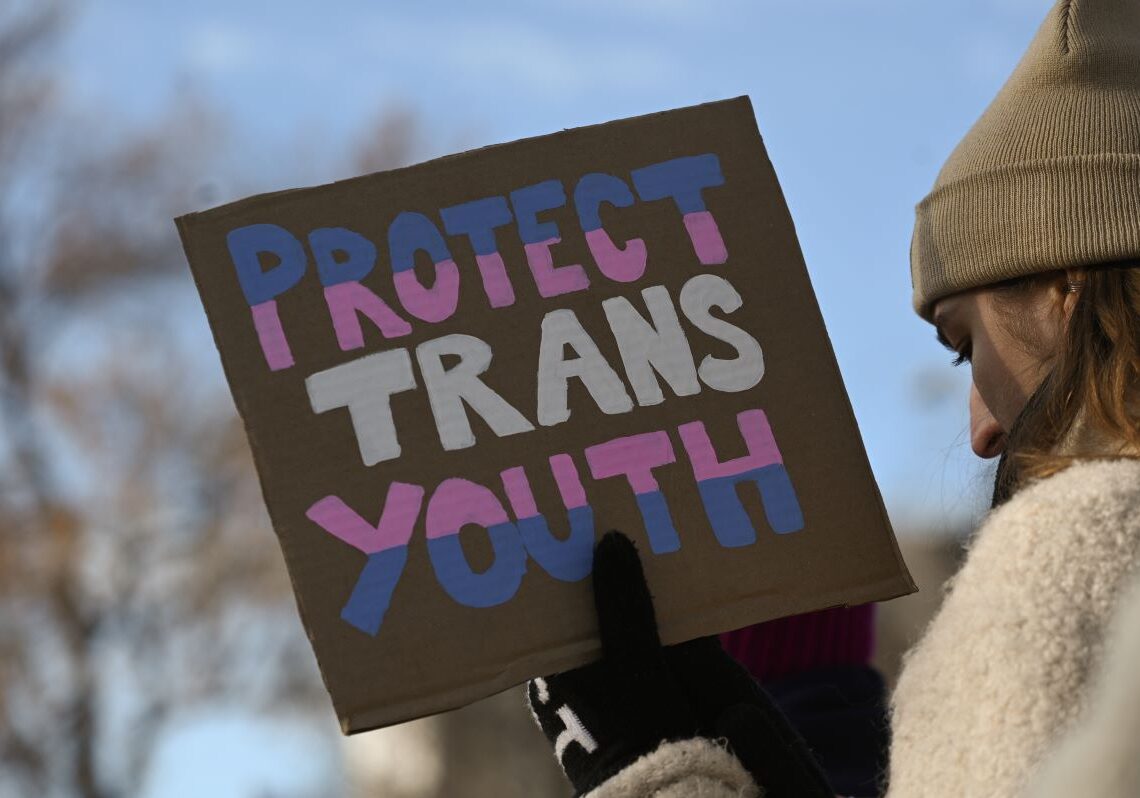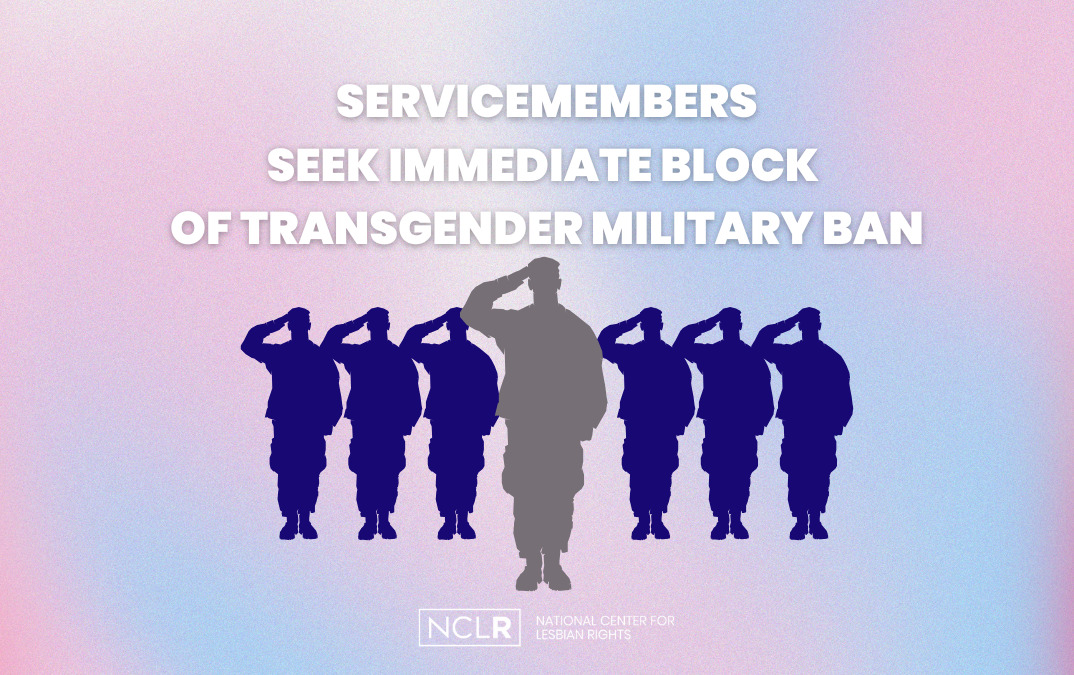You can be a transgender woman, but not in spaces reserved for “born women” according to the Supreme Court of the United Kingdom. The Court ruled that under the Equality Act of 2010, the term “woman” refers exclusively to the biological female sex recognized at birth, excluding transgender women, even if they have a “Gender Recognition Certificate” (GRC). The decision was unanimous, with a 5-0 vote, and represents a victory for the feminist group For Women Scotland, supported by Harry Potter creator J.K. Rowling. The group had contested the Scottish government’s guidelines that include transgender women in female representation quotas in elected councils.
The Court emphasized that transgender women are women by “gender” but not by “sex,” and that interpreting the term “sex” as certified gender would create legal ambiguity and undermine regulatory consistency. The ruling could thus limit transgender women’s access to spaces reserved for women. Potentially, this could affect representation quotas on boards or elected bodies, shelters for victims of domestic violence, sports competitions, but also hospital wards, prisons (a very dangerous place for a transgender woman if confined to a male ward), and public restrooms.
The Court, however, reiterated that the protections against discrimination for transgender individuals under the Equality Act remain in place; but the ruling could lead to calls for a revision of gender recognition laws in the UK.
The implications are wide-ranging and still to be assessed. Legal recognition based on biological sex could undermine legal protections for transgender women in discrimination cases at work. Access to targeted healthcare might be obstructed if the law does not fully recognize transgender women in healthcare settings, and there could be complications for medical treatments related to transition. Transgender women could also be excluded from official statistics on gender-based violence, reducing visibility of the specific issues they face. Another concern is social exclusion, as the ruling could exacerbate ostracism and stigmatization of transgender women, leading to increased anxiety and depression in a group already facing significant challenges.
J.K. Rowling, who actively supported the case in court by funding the Scottish group For Women Scotland with a donation of £70,000, wrote on X addressing the activists: “I’m proud of you. It took three extraordinary and tenacious Scottish women, with an army behind them, to get this case to the Supreme Court and, in winning, they have protected the rights of women and girls across the UK.”
The British government has said that the ruling has clarified the issue, but for transgender rights groups and organizations like Amnesty International, the ruling undermines human rights and the legal protections acquired over the past decades.

Let’s pick apart the different questions arising from this issue.
First of all, we are facing a theme that increasingly divides the world of feminist culture: on one hand, the “radicals,” philosophers of difference, who see the equating of transgender women with others as a real danger to the very existence of women. On the other hand, the “intersectional” feminists who dismissively call the radicals “TERFs” (trans-exclusionary radical feminists) and believe that battles for rights must be inclusive, or they lose all meaning.
Secondly, the British ruling sounds like a clarion call for those who want to protect “real women” at all latitudes, in Italy as in the United States. Biologists can argue until they’re blue in the face that the strict division between two sexes is contradicted by scientific data, and that there are many ways (genetically, or through primary or secondary sexual characteristics) in which mammals can vary; these are arguments that deeply annoy conservatives.
At the center of the dispute with the Trump administration in the U.S., for example, is the state of Maine; in February, the White House issued an executive order titled “Keeping Men Out of Women’s Sports,” which bans transgender athletes from participating in female sports competitions, claiming that this violates Title IX, the federal law prohibiting sex-based discrimination in education. In response, the Democratic government of Maine, led by Governor Janet Mills, refused to comply, arguing that state laws and previous interpretations of Title IX allow transgender athletes to participate in competitions based on their gender identity.
The clash led to the usual threat from Trump of withholding federal funds. The Department of Justice also sued Maine for not enforcing the executive order. Some schools in Maine have adopted policies that recognize only two biological sexes and separate private spaces based on the sex assigned at birth, in line with the restrictive interpretation promoted by the administration.

Discussion surrounding this issue often elides the question of how many people we are actually talking about. In Maine, according to Reuters, there are two transgender girls participating in school sports competitions, and none at the university level—out of a population of 49,519 student athletes in the 2018-2019 academic year. Even looking at the numbers of people who identify as transgender, whether athletic or not, the impact is minimal: in the United States, it is estimated that there are 1.6 million transgender individuals aged 13 or older, about 0.6% of the population in that age group, evenly split between men and women, but the figure also includes people who identify as non-binary (those who do not identify as either sex). In Italy, according to the only existing report, the SPoT (Study on the Transgender Population) survey conducted in 2022 by the Istituto Superiore di Sanità (Italy’s government health agency), based on samples and self-reports, transgender individuals represent between 0.5% and 1.2% of the adult population (between 250,000 and 460,000 people nationwide).
Finally, it’s striking that the narrative about the “danger” posed by transgender people focuses only on transgender women, while transgender men disappear. They are cited by radical feminists only in rare cases: when those who still have a uterus become pregnant (it may then be said “If you can give birth, you’re a woman, so it doesn’t make sense to say you’re a man,” reducing their identity to the reproductive system); or when radical feminists fight against certain linguistic formulas (such as “people with a uterus” or “pregnant people”), accusing inclusive feminism of erasing women, even if this neutral language is only used and only makes sense in specific contexts like healthcare. In short, transgender men—despite having a numerical presence comparable to that of women-at-birth who identify as men—either have to be ignored, or are considered traitors to the cause.
The British ruling does not address them. However, if the law says “woman = biological female sex,” then individuals assigned as female at birth (even if they now identify as men) still fall into the legal category of “women” in certain contexts (e.g., gender quotas, statistical data, reserved spaces…) and thus transgender men could be considered “women” by the law in some situations, even against their will or gender identity (again: put in hospital or women’s prison wards).
Some countries around the world have thought of resolving the issue by creating a “third gender,” neither male nor female; the classification varies. However, it is one thing to protect non-binary people (those who do not feel like either man or woman and identify with the pronouns “they, them”), it is another to force everyone who does not identify with the sex assigned at birth into a third gender. This means reinforcing the primordial division between man, woman, and “all the others.” We know they exist; our history is full of ambiguous figures, like the femminelli of Naples, who are allowed to exist in society as long as they don’t demand to be considered normal and, as such, protected.












